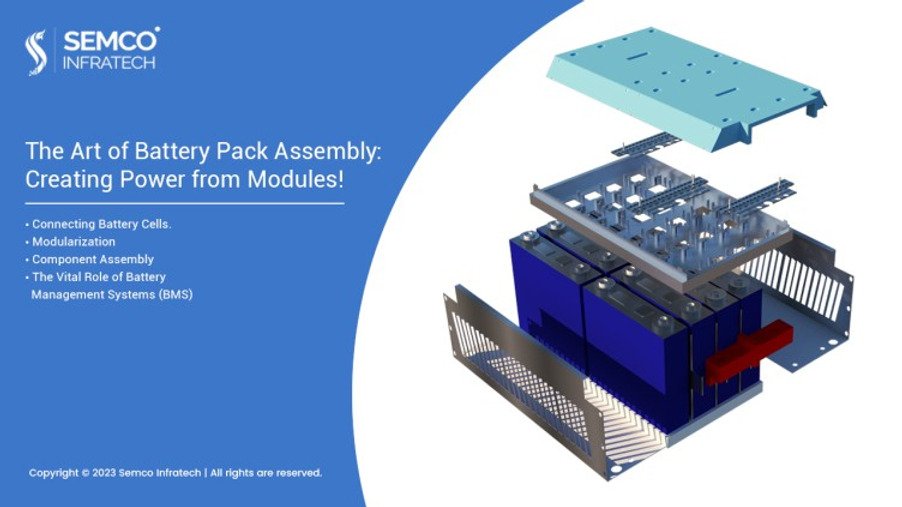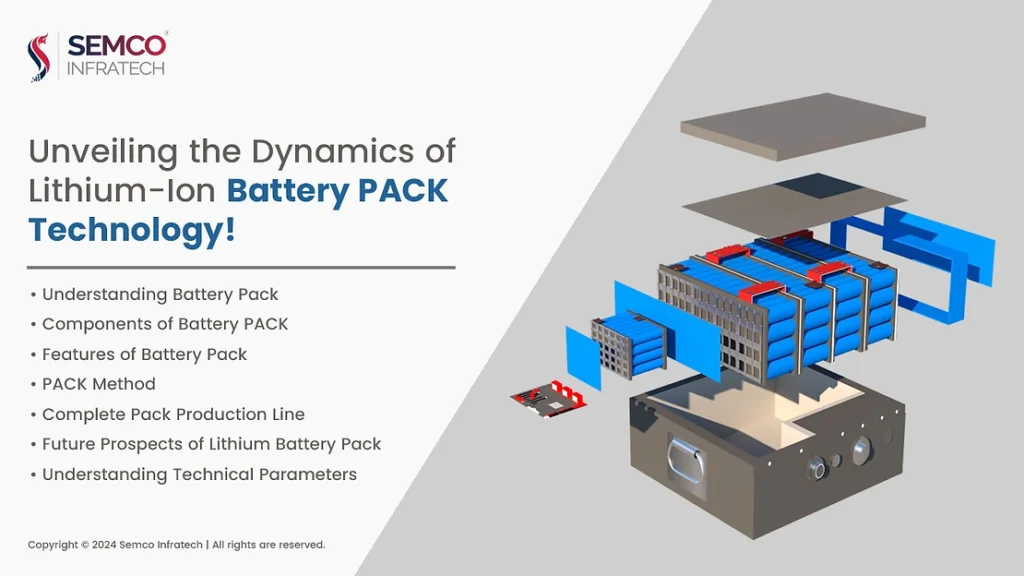
Lithium batteries serve as the driving force in our contemporary energy scene, energizing our mobile devices, electric cars, and more. Two main types of these powerhouses exist: lithium-metal batteries and lithium-ion batteries. The latter, commonly seen in popular electric vehicles like Tesla, has gained immense popularity amid the rising interest in electric cars. Have you ever pondered the creation of these remarkable energy reservoirs? Join us on a visual exploration of the intricate manufacturing process of lithium batteries. Let’s unravel the 20-step production cycle behind these marvels of energy storage.
Step 1: Uniforming the Negative Pole
The process begins with ensuring the negative pole is uniformly prepared.
Step 2: Homogenization
Next, homogenization takes place, creating a consistent mixture.
Step 3: Coating
A vital step that involves coating the materials onto a substrate.
Step 4: Crushing
The lithium battery materials are crushed to a specific consistency.
Step 5: Cutting
Precise cutting follows the crushing phase.
Step 6: Baking
The materials are baked to achieve the desired properties.
Step 7: Winding
Winding is a critical step, aligning the components for the next phases.
Step 8: Entering the Shell
The assembled components are placed into the battery shell.
Step 9: Spot Welding
Key elements are spot-welded to establish essential connections.
Step 10: Baking (Again)
Another round of baking ensures the battery materials are fully prepared.
Step 11: Injection
A critical step that involves injecting electrolytes into the battery.
Step 12: Welding Cap
The battery cap is securely welded into place.
Step 13: Cleaning
The battery undergoes a thorough cleaning process.
Step 14: Dry Storage
A period of dry storage is essential for battery readiness.
Step 15: Alignment Detection
Precise alignment is verified through meticulous detection processes.
Step 16: Shell Printing Code
The battery shell is imprinted with essential codes.
Step 17: Transformation
The battery undergoes a process that excites its positive and negative active
substances, granting it the power to discharge – a transformation indeed!
Step 18: OCV Measurement
A measurement of Open Circuit Voltage is conducted.
Step 19: Storage at Normal Temperature
The batteries are stored at normal temperature conditions.
Step 20: Capacity Division
Since batteries can have slight variations in capacity, a process of capacity separation helps ensure uniformity.
This journey showcases the incredible complexity and precision that goes into the creation of lithium batteries. Every step plays a critical role in producing these powerhouses that have become essential in our everyday lives, from fueling our gadgets to propelling us into a cleaner, greener, and electrified future.





